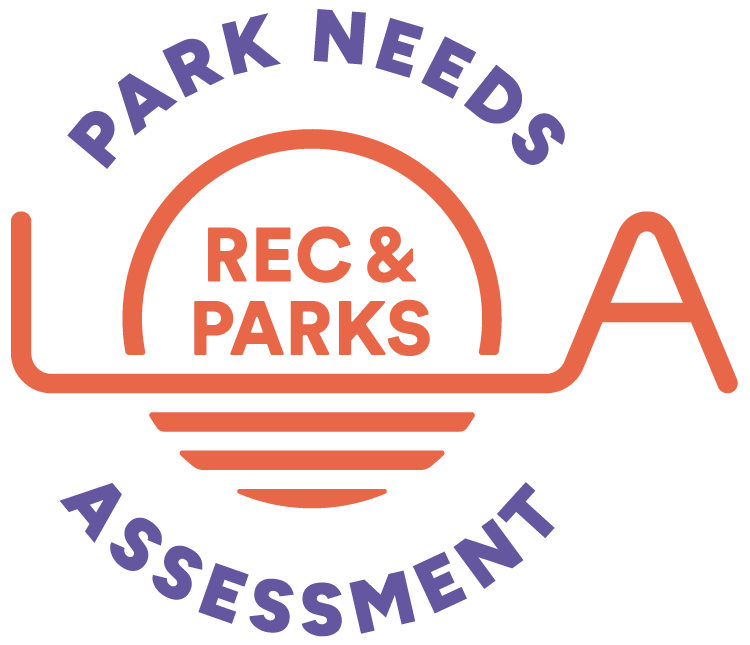The PNA provides a data-driven framework to help guide equitable investment in recreation and parks, ensuring that resources are directed where they are needed most and that all Angelenos have access to quality parks and recreation.
Benchmarking
Benchmarking compares RAP’s system, amenities, and budget to those of peer cities to provide context and highlight areas of difference.
- Understanding where Los Angeles stands relative to peer cities provided a foundation for setting realistic and ambitious new targets that will better serve residents’ needs.
- Comparisons of park and recreation amenities, budget, staffing, and acreage identified where Los Angeles is exceeding or being exceeded by other regional and national cities that have similar demographic or economic characteristics, similar climate, and more highly ranked park systems.
- Los Angeles was benchmarked against:
- San Francisco
- San Diego
- Dallas
- Chicago
- New York
- Washington, DC
- Los Angeles generally has fewer recreation amenities per person and spends less public money on its recreation and parks system than its peers.
Site Prioritization
Site prioritization chapter introduces the Universe of Sites—a comprehensive inventory of all existing and potential sites—and outlines a methodology for evaluating and prioritizing sites for future investment.
- To determine where RAP should prioritize investment over the coming decades, a system of criteria based on community, agency, and stakeholder feedback as well as best practices were used to assess a “Universe of Sites.”
- The Universe of Sites includes all 489 existing and 36 prospective park sites.
- The prospective park sites were identified by the PerSquare Mile tool developed by GreenInfo Network and the UCLA Institute of the Environment and Sustainability. The chosen sites contain the top 25% of residents lacking in either park access or park acreage and are also either disadvantaged or vulnerable communities.
- The criteria used to prioritize the universe of sites are indicators of need for park investment across the City and cover topics from park need, park pressure, and conditions of park facilities as well as factors in social and environmental equity, resilience, and alignment with other City/County initiatives.
Regional Snapshots
To help document how needs vary in different parts of Los Angeles, the Park Needs Assessment summarizes key parks, neighborhoods, Council Districts, as well as key issues and engagement findings within four geographic regions.
- Regional snapshots help document how needs vary in different parts of Los Angeles.
- East and Central Los Angeles are home to some of the most iconic—and most contested—city parks. Maintenance and service issues experienced at MacArthur Park, Echo Park, and Elysian Park are emblematic of the many roles that the parks in Los Angeles play. Homelessness, street vending, and safety are key challenges within these parks and neighborhoods.
- South LA contains some of the most active and heavily utilized parks in the City. While critical spaces for recreation, culture, public gathering, and social services, they face ongoing challenges related to safety, maintenance, and amenity availability, particularly in communities that have experienced decades of disinvestment.
- Though the Valley has many acres of parkland, there are issues around access to and interconnectivity of parks. Parks are quite far from some residents, leading to a need for better trails and enhanced streetscapes to connect parks and greenspaces. There is also a need for more accessible routes and facilities within parks.
- West Los Angeles includes a wide variety of parks and benefits from proximity to state parks, beaches, regional trails, and facilities in nearby cities. With the recent Palisades wildfires, fire risk, resilience and recovery are priority concerns. As in much of Los Angeles, communities in West LA are concerned about people experiencing homelessness occupying limited park space, maintenance, and safety.
